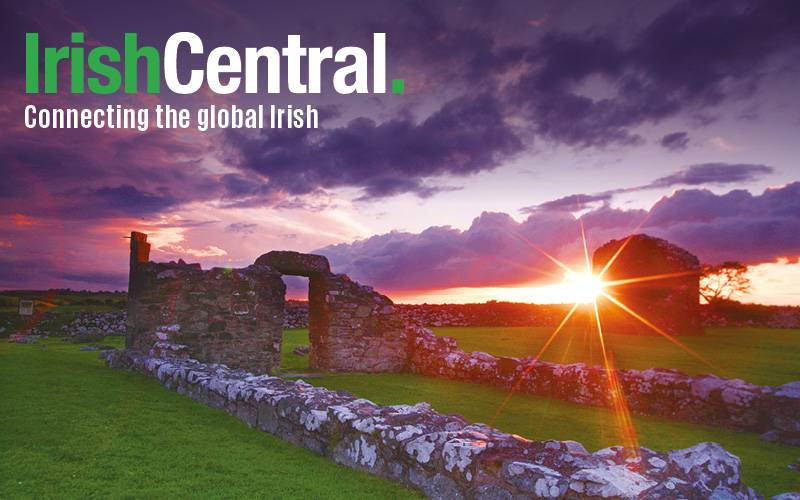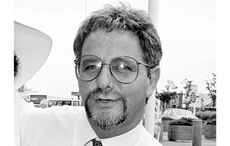Archaeologists have described their latest find of a medieval monastic enclosure at Drumholm, near Ballintra, Co Donegal as being of major national importance.
The experts believe the enclosure, with beehive-like circular stone huts, dates back to the early 7th century. The monastery also holds evidence that iron was worked and smelted, animals were butchered and they have found pottery pieces. They have also discovered a graveyard and the remains of a church. The site is where St Ernan, a nephew of St Columba, is said to have been buried around 640 AD.
This discovery could be as important as that of Clonmacnoise, Inishmurray or Reask, in County Kerry, reports the Irish Times.
The dig was prompted when the Church of Ireland community wanted to find out if the graveyard could be extended and a car park built. As the site was known to be close to an historic site the experts from Wolfhound Archaeology were brought in to carry out an assessment.
Archaeologist Mick Drumm said, “It’s unfortunate for the community they haven’t got their development. The silver lining is that we found an archaeological site at Drumholm that is much more extensive, much more important than we had previously known.
“I am hugely excited by the discovery. We have definitely put it up there to be possibly on a par with Clonmacnoise or Inishmurray.”
Having spent months studying the documents Drumm and his team dug test-trenches this week. They revealed the large oval-shaped enclosure below ground.
"When we cut five exploratory trenches to take a closer look it became clear very quickly that we were standing on the remains of an early Christian settlement, probably from around the seventh century,” the expert told the Irish Independent.
"I can't overstate the national importance of this. It is very very exciting.
"This site beside the old church and graveyard dates back 1,300 years and we know from previous discoveries in the area that there has been human activity going back to at least 5800 BC.”
On Wednesday the team found two pieces of pottery in one trench. One is from the Gaelic tradition and one from the Anglo-Norman tradition.
Drumm added, "I will be reporting the discoveries here to the National Museum of Ireland and to the Department of Arts, Heritage and the Gaeltacht so that it can be declared a national monument and protected."
The Church of Ireland said they would now withdraw the car park planning application and added, “We will work with the authorities to have the site protected.”




Comments